Community Adjustment Fund
View Funding ProgramCariboo Cattle Ranchers and BC Forage Council Work To Optimize Livestock Forage Crops
The ability for cattlemen to lower operating costs and either directly grow or purchase locally grown forage crops is key for the economic vitality of agriculture in northern BC's interior regions. Improved perennial forage selections from newly tested varieties will help Cariboo-Chilcotin ranchers remain competitive in the marketplace. Forage is…
View Story

